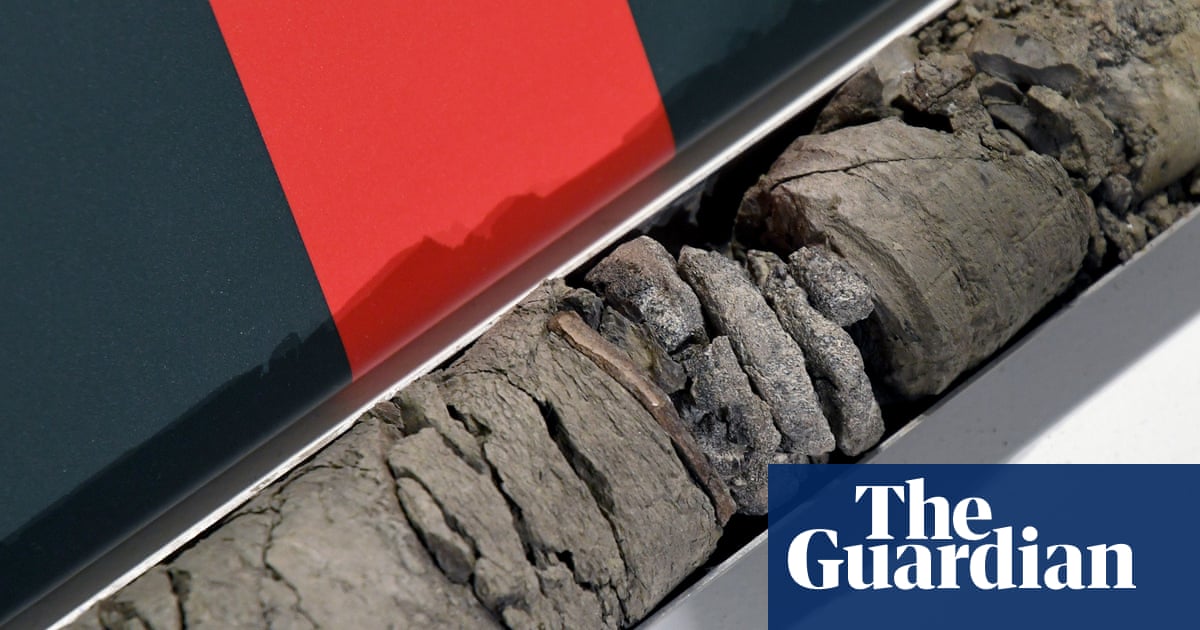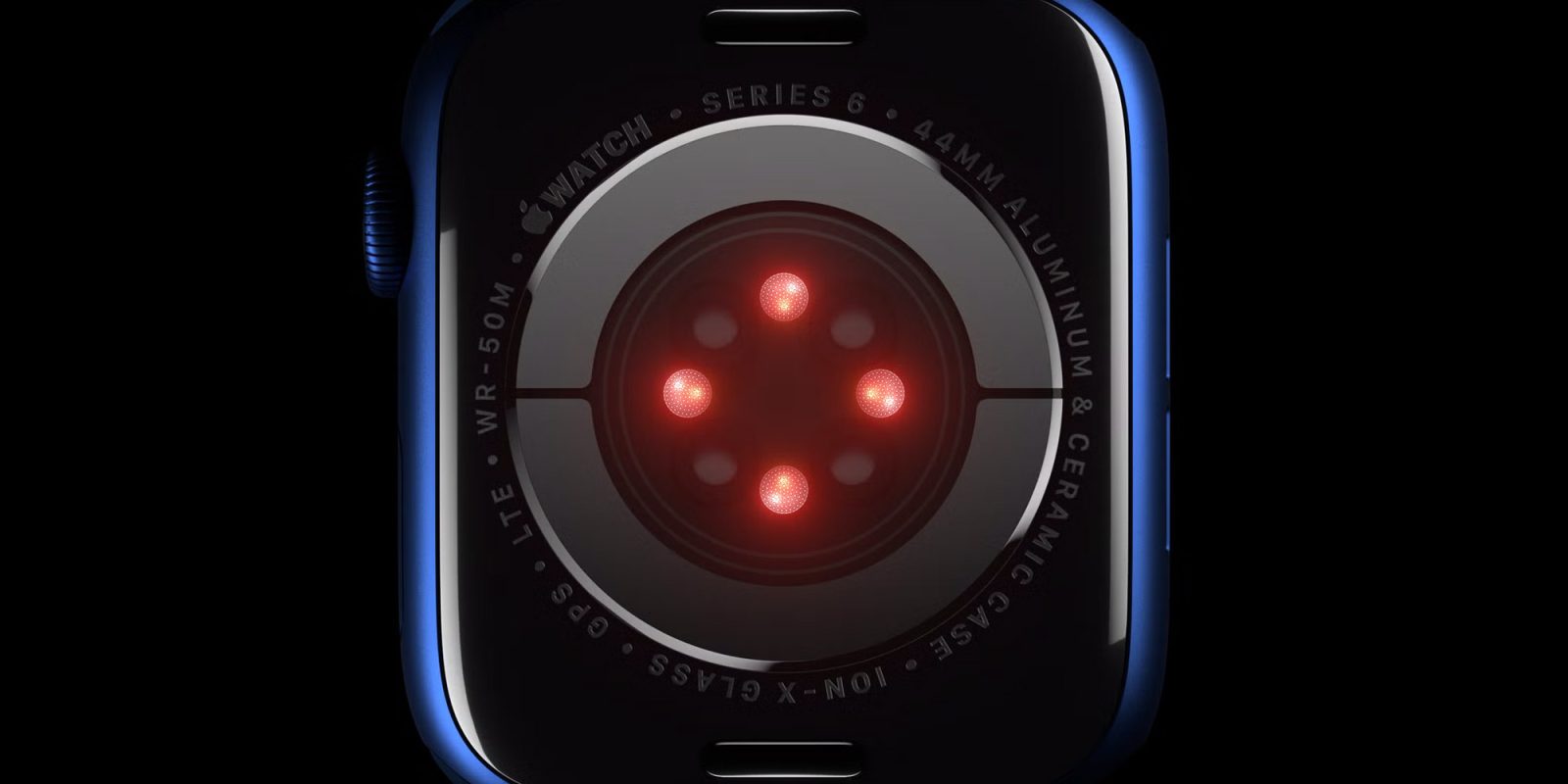Paleontologists stumbled upon a unique discovery in 2008 while exploring an Arctic mountaintop in Svalbard, discovering a remarkably complete skeleton of an ichthyosaur, named Oda, dated 240 million years old. The ancient remains were like a coiled sea serpent, but they had been flattened into a two-dimensional jumble of bones under a muddy seafloor. To effectively identify the reptile, paleontologists explored new possibilities by using an X-ray machine to piece together the puzzle-like structure of the petrified bones. The study, published in the journal PLoS One, explains the key discoveries that were made through the process. The researchers could observe anatomical details that had been overlooked or obscured, such as previously invisible limb bones and vertebrae. The study also revealed that Oda’s alligator-like skull was considerably longer than previously thought. Identifying the creature’s teeth was a crucial factor in determining its species, revealing grooves in the larger teeth that were similar to those found in the jaws of Phalarodon atavus, a small and sleek ichthyosaur that has been discovered in mainland Europe and China. Experts believe that these findings show the potential of the technique to add new dimensions to mysteries in the fossil record that have been flattened by the passage of time.
X-Ray Vision Brings New Life to a Fossil Flattened by Time













